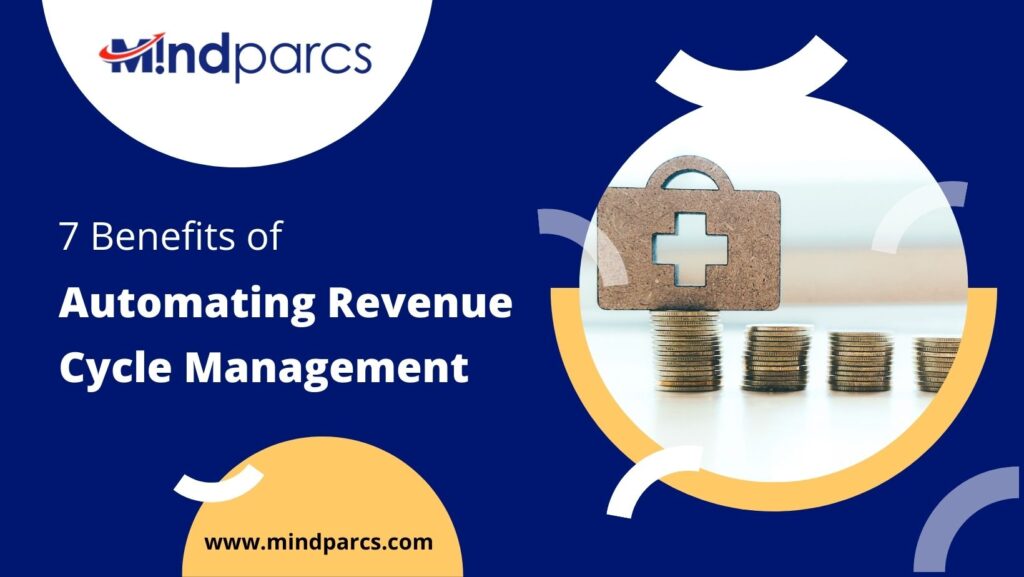
How to Overcome the Common Challenges in Podiatry Medical Billing
Overcome the Common Challenges in Podiatry Medical Billing Podiatrists have a crucial role in securing the mobility and overall health of individuals. However, their practices

Like other sector, the healthcare sector has been changed as the pandemic wiped across the world. During this change, automating revenue cycle management shown as a trust among healthcare sector. Technological enhancement, have added resurrection into medical practices. As the industry evolves, revenue cycle automation result as a best solution, to achieve efficiency and financial benefits.
What is Revenue Cycle Management (RCM) Automation?
Revenue Cycle Management (RCM) automation is the art of reorganization healthcare financial processes through the automation. It takes the usual and predefined instructions tasks that often reduce healthcare administration and transforms them into organized, time-saving operations.
Automating healthcare revenue cycle management is definitely an engaging process, but the real question is how effectively it tackles the everyday RCM task that weigh down healthcare professionals. Being an RCM companies in United States, we have share the few best strategies by which automation can revamp and enhance various steps within the revenue cycle and medical billing processes.

Automating these processes is a best strategy because it lowers claim denials and enhance the cash flow. With accurate eligibility verification, you can ask patients to pay the correct amount. This reduces patient balances and minimizes the need payment collection. This will keep things running smoothly in the revenue cycle.
Some insurance companies have agreed to reduce prior authorization needs, they remain an important factor in most of the medical specialties. Unfortunately, these requirements often block efficient healthcare and establish an unwelcome administrative difficulty on healthcare practices.
However, there's a trust in the form of AI-powered revenue cycle automation, which can reduce the pressures related with managing prior authorizations. AI can efficiently process and analyze the details needed for prior authorization, including patient demographics, medical records, plan specifics, etc. With this information, it can make decisions on behalf of the payer or offer essential insights to simplify the decision-making process for healthcare providers, and smoothen the prior authorization process.
Revenue cycle automation has an impact on claim processing. It simplifies claim submission by eliminating the need for manual entry. And it reduces editing time through specific rules, making sure fewer rejections and denials.
By automating these processes, healthcare providers can improve customer satisfaction, make sure proper medical billing, and increase their revenue for long run. When integrating dedicated software into the process, it significantly reduces the burden. This results in resource and time savings and smooth the entire procedure.
Handling the patient statements and collections within the revenue cycle can be a big headache. Specific revenue cycle automation solutions can recognize a patient's balance once insurance has worked. Moreover, these systems can separately generate and send invoices. It's a time-saving and best approach that benefits patients and healthcare providers.
In healthcare, processing multiple claims is usual, even a small percentage of denials can impact heavily on revenue cycle. Automation provides a best solution by eliminating human errors, like data inaccuracies and missing details, often leading to rejections. Beyond denials, automated scripts can find these commonly overlooked errors.
Detecting and addressing underpayments should be a priority for revenue cycle management. While they might not be as conspicuous as denials, they still warrant appeals and recovery. Many healthcare providers look to reduce underpayments, but automation can help recover this revenue loss.
Inspecting payer contracts can be complicated, often requiring a smart understanding of the details involved. Finding out reimbursement's whys and how, especially when you're not receiving total amount, is important for your medical practice's financial health. One practical approach is to divide your reimbursements by examining the fully executed contracts with your top ten payers.
However, the idea of manually analyzing the top 25 CPT codes per payer could quickly become a human burden. Automation becomes a practical and efficient solution, allowing you to easily navigate the difficulty of payer contracts.

Overcome the Common Challenges in Podiatry Medical Billing Podiatrists have a crucial role in securing the mobility and overall health of individuals. However, their practices

Urgent Care Medical Billing Mistakes & Solutions to Resolve In healthcare industry, urgent care specialties play an important role in offering efficient medical services. However,
